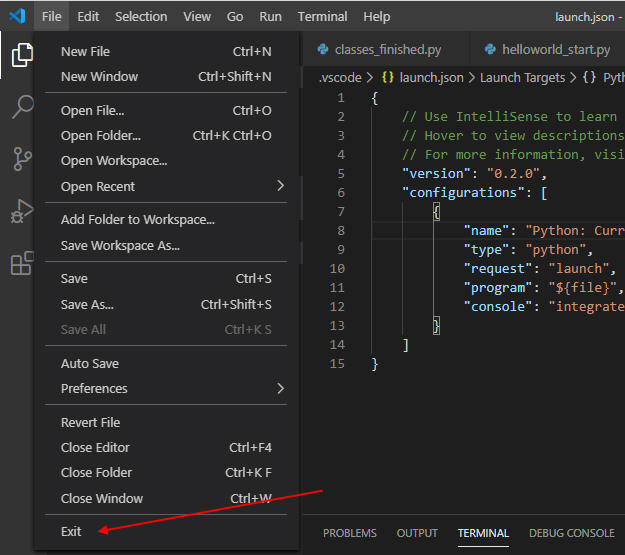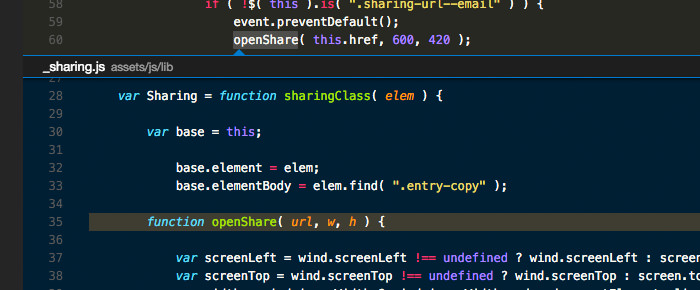

Set up your editorįormatting from the command line is a good way to get started, but you get the most from Prettier by running it from your editor, either via a keyboard shortcut or automatically whenever you save a file. prettier -write and prettier -check are the most common ways to run Prettier. check is like -write, but only checks that files are already formatted, rather than overwriting them. This avoids merge conflicts and other collaboration issues! npx prettier -check. If you have a CI setup, run the following as part of it to make sure that everyone runs Prettier. Or use a glob like prettier -write "app/**/*.test.js" to format all tests in a directory (see fast-glob for supported glob syntax). You may run prettier -write app/ to format a certain directory, or prettier -write app/components/Button.js to format a certain file. is great for formatting everything, but for a big project it might take a little while. We’ll leave off the yarn part for brevity throughout the rest of this file! The other solutions given above are officially supported and more robust.What is yarn doing at the start? yarn prettier runs the locally installed version of Prettier. That would probably work as well, but would be an inferior option. This would probably work fine in your case, but a drawback would be a non-standard way for installation and making updating VS Code more cumbersome.

Using portable mode (documentation), all user data is stored in the installation directory, which is chosen by you.

& sleep 3 & ls vs-user-data | grep -i cache Just a side note: I ran the following to confirm that the cache folders are actually under the user data directory: $ mkdir vs-user-data & code -user-data-dir vs-user-data. Specifies the directory that user data is kept in, useful when running as root. as usual, but have VS Code use the external directories for extensions and cache. You can add an alias to your shell startup script to facilitate this: alias code='code -extensions-dir /mnt/extdir/vsc-ext/ -user-data-dir /mnt/extdir/vsc-user-data/' Using /mnt/extdir/vsc-ext/ and /mnt/extdir/vsc-user-data/ as examples for desired external directories, you'd use: $ code -extensions-dir /mnt/extdir/vsc-ext/ -user-data-dir /mnt/extdir/vsc-user-data/. You provide the custom paths as command line arguments when invoking VS Code. This would work since it would be the extensions and cache folders that take up disk space, and since the cache folders are located under the user data folder. Your best option is probably to tell VS Code to use custom paths for extensions and user data.

Some options in order of recommendation: Use custom directories for extensions and user data


 0 kommentar(er)
0 kommentar(er)
